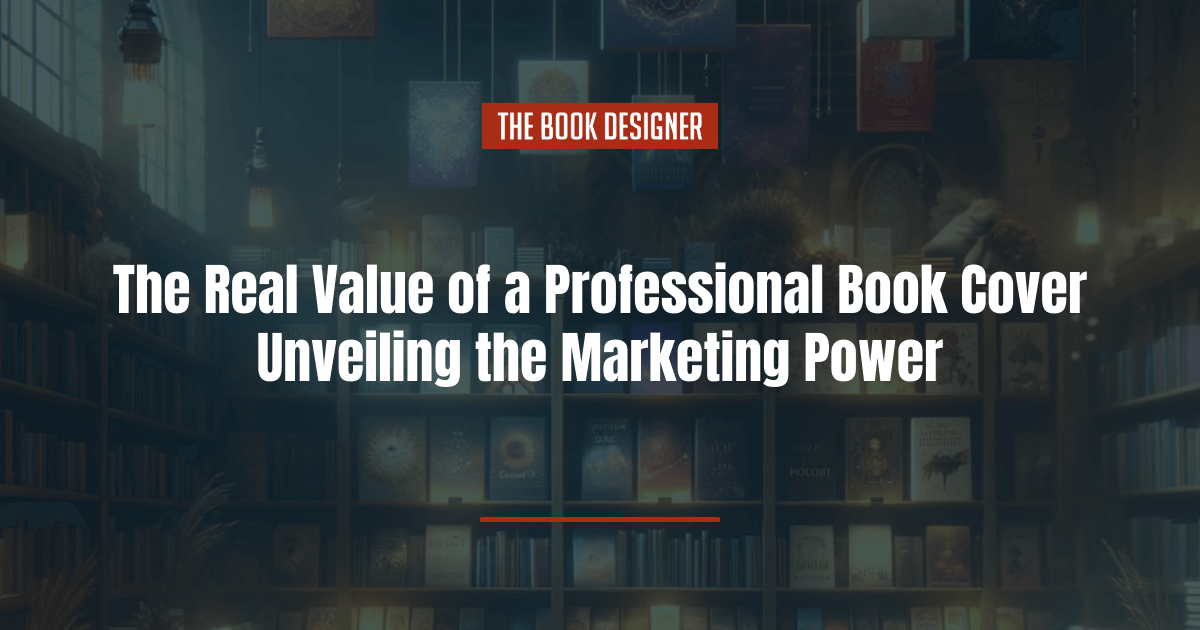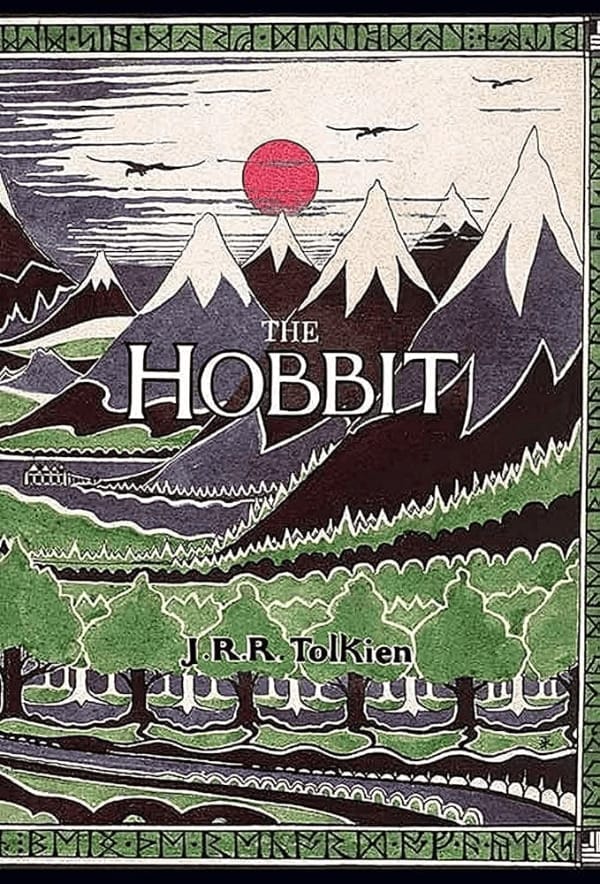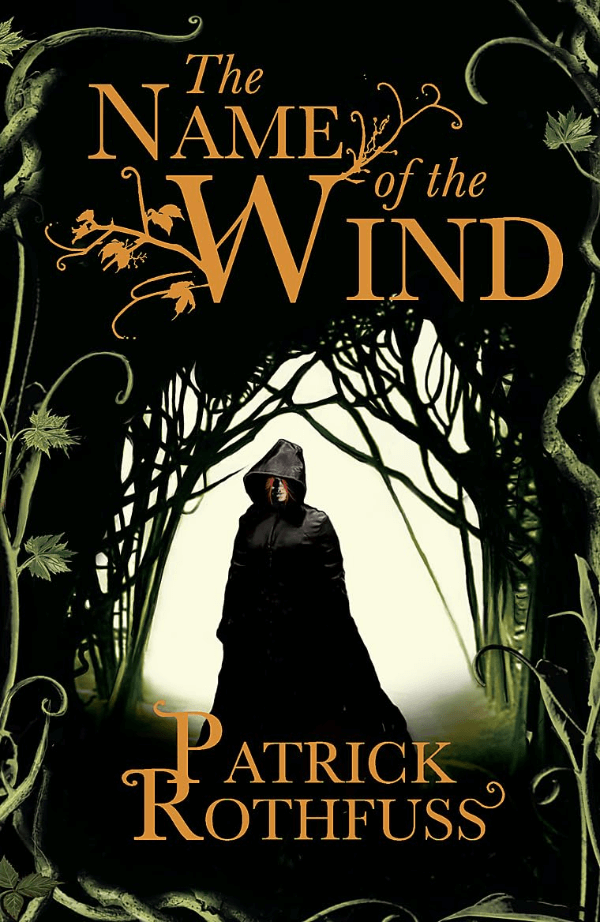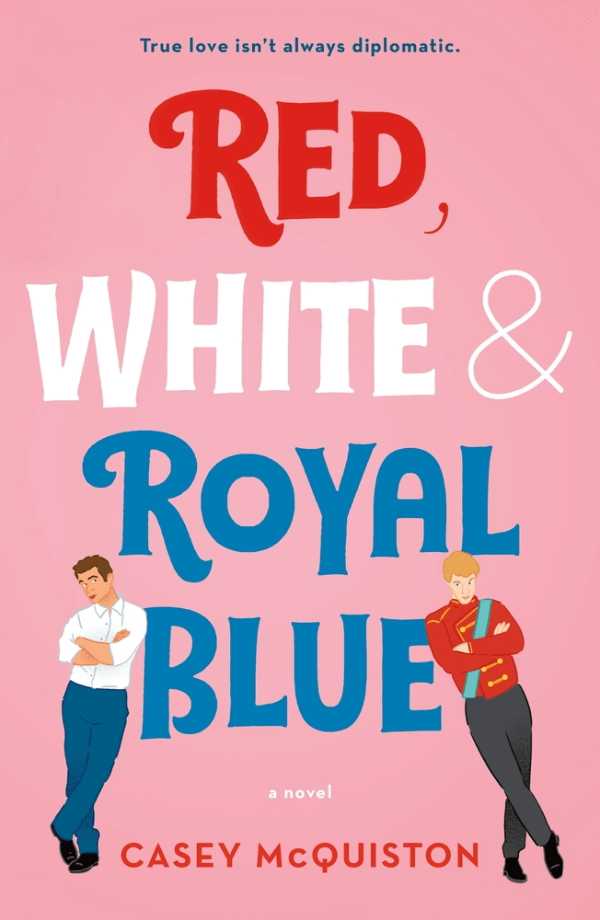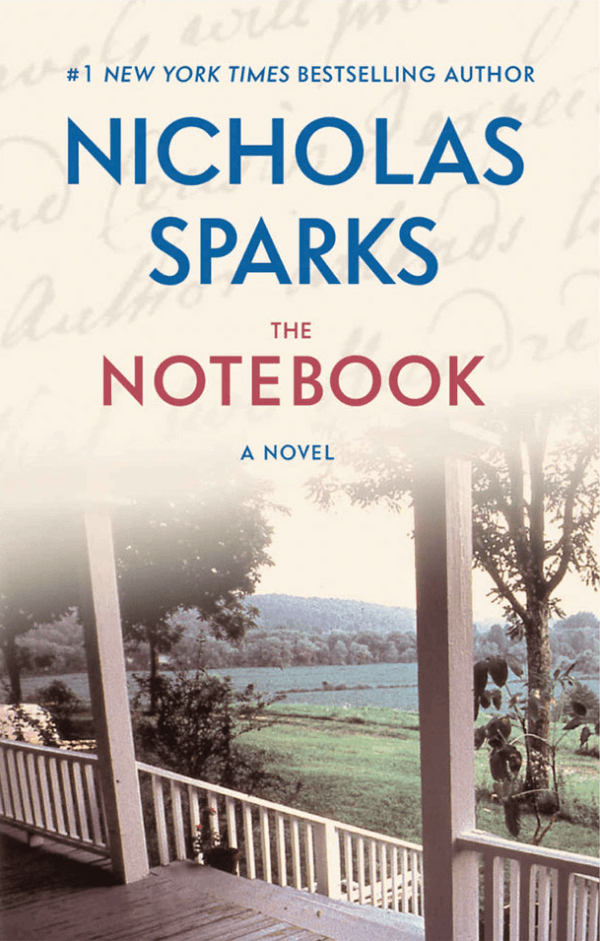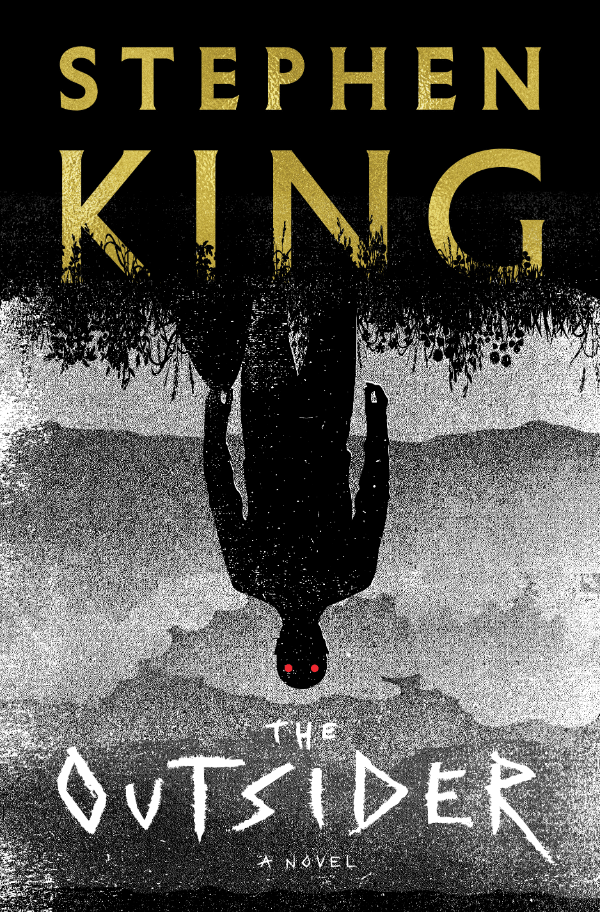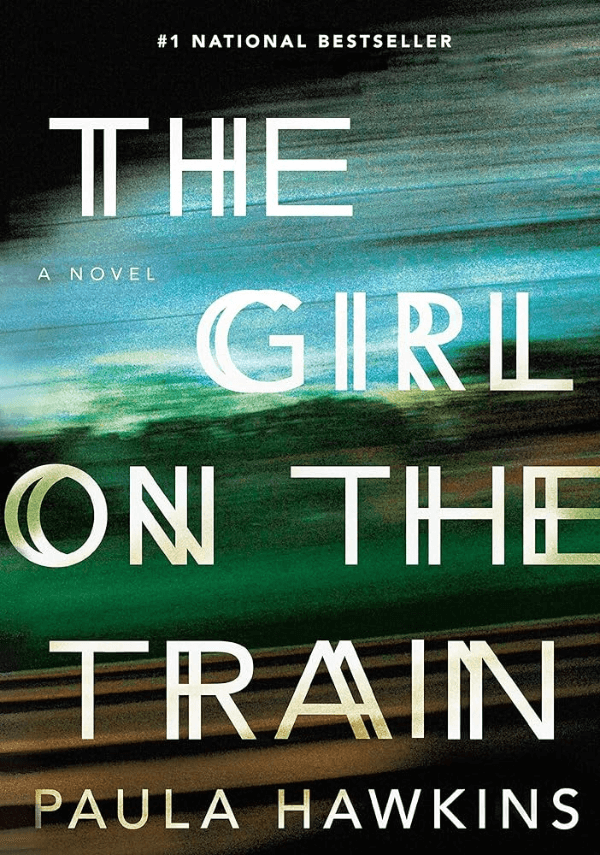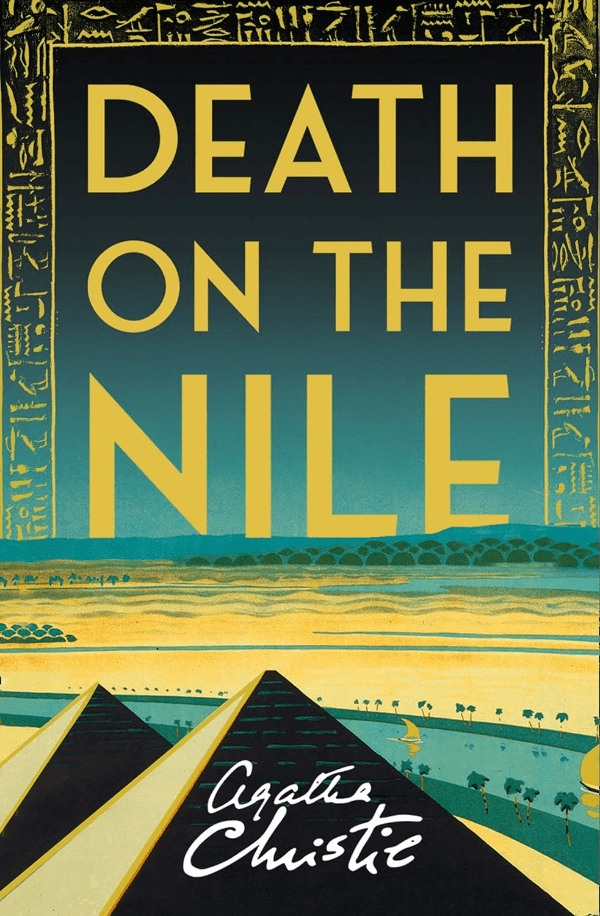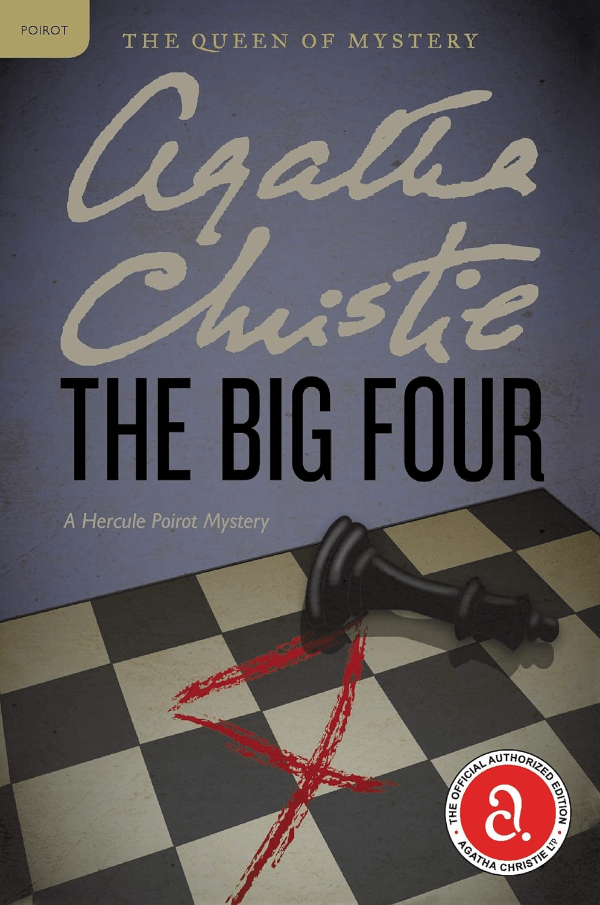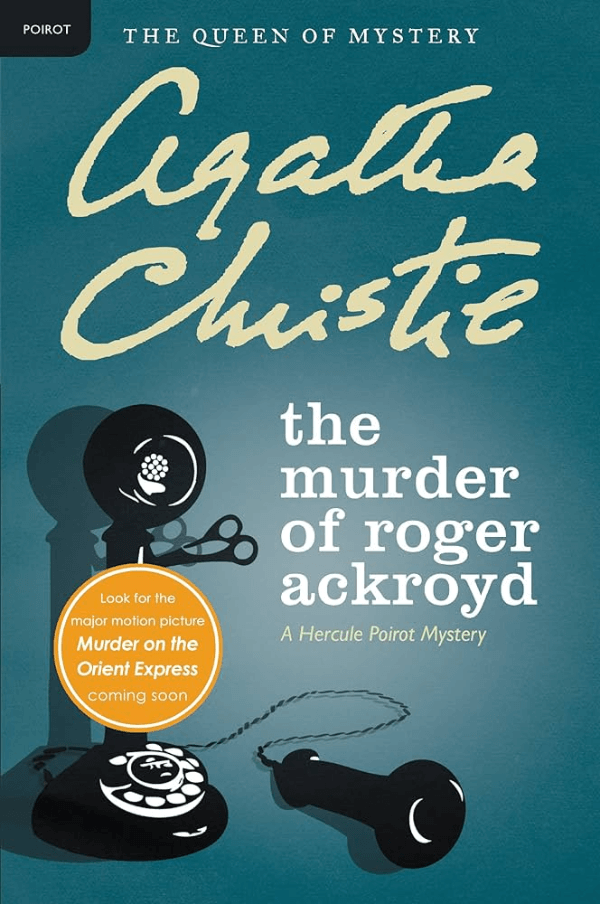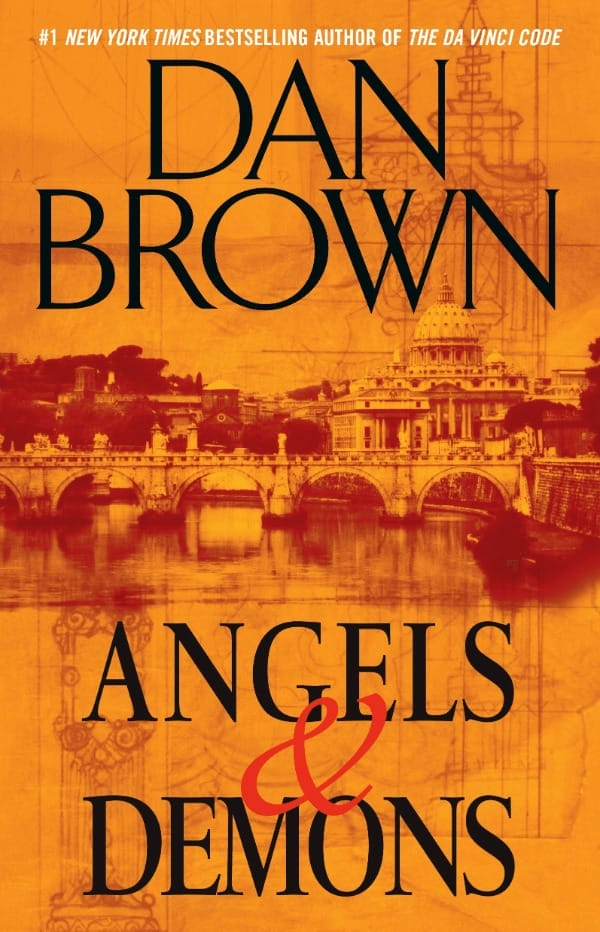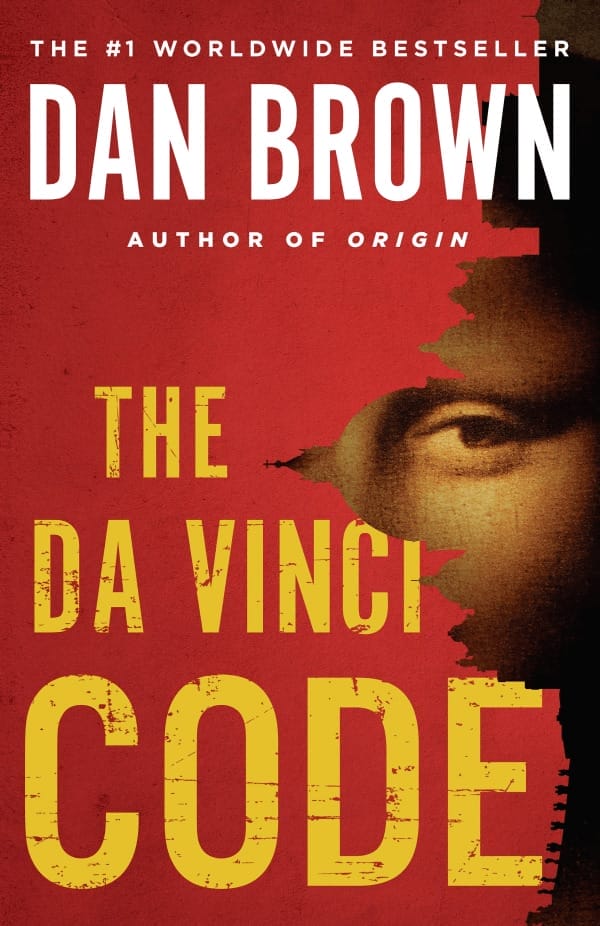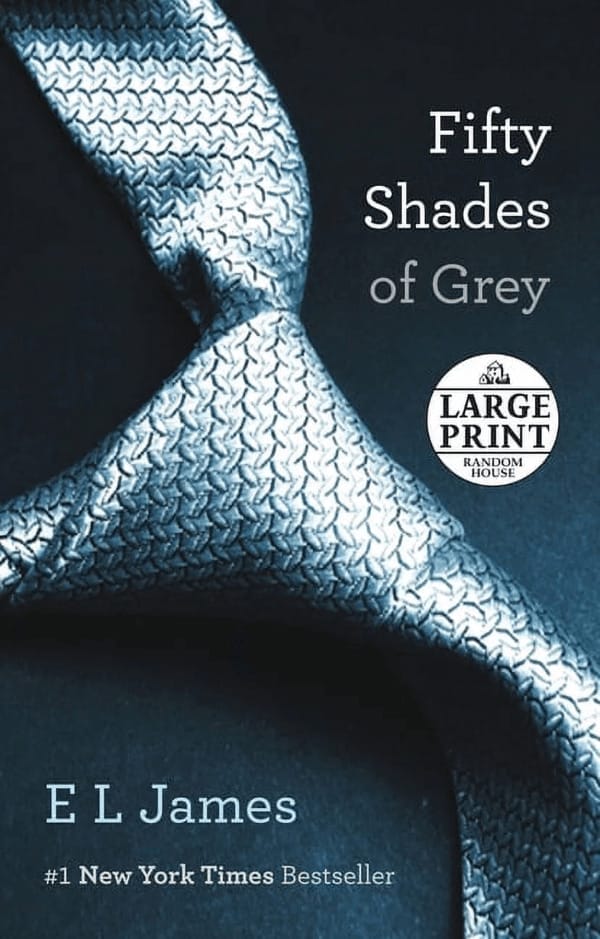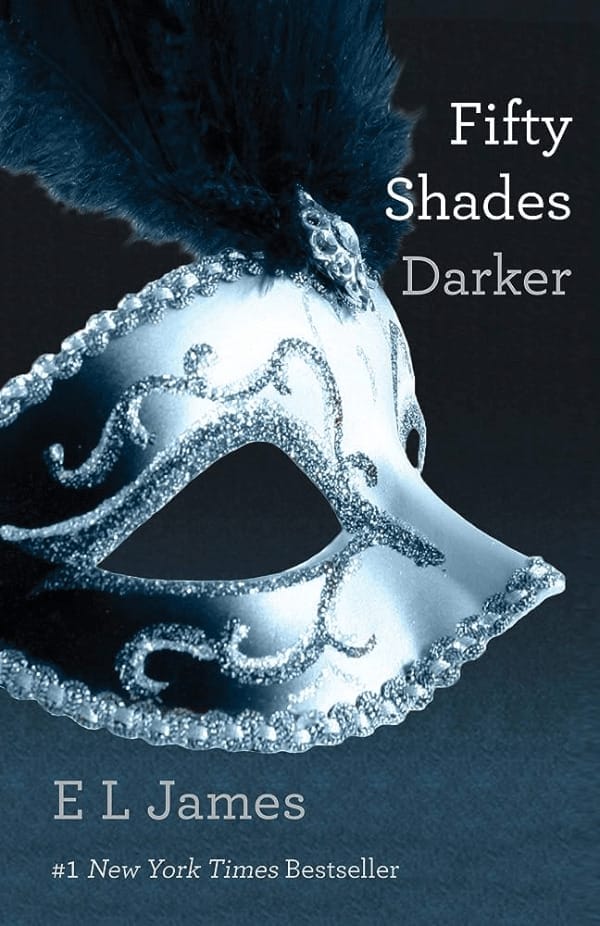Can a professional book cover improve your book’s success? Yes, and there are many factors to it.
Books aren’t ultimately judged by their designs but by the story, the characters, and the emotions they bring us. You can only tell if the book is good after reading it.
But what you can do is make a choice of what to read based on the cover. A lot of people do it. Various sources on the internet quote that 30-70% of book buyers base their selection on cover design. While no studies on this topic support these exact figures, it is proven that the jacket’s design profoundly impacts readers’ interest.
A professional book cover can communicate a lot of information. First, it represents you as a writer—your brand, style, and how professional you are. Second, it reflects the genre of your work, the main themes, emotions, or even the story and characters. Finally, it also helps your book stand out, makes it rememberable, and helps your readers identify your works on a shelf.
In this article, we’ll dive into details on how a professional book cover can improve your book’s performance by discussing:
Advantages of a Professional Book Cover
What are the differences between a professional book cover and one made with a Canva template? It’s all about how much information you can convey on your first impression.
Information about the Book
Let’s say you are browsing an airport stall to find a suitable book to read on your flight. You don’t see familiar names on spines or have little time to read blurbs. How do you make your choice?
It’s very simple—you’ll look closely at book jackets.
Fantasy lovers will look for intricate typefaces, mythical creatures, artifacts, or magical landscapes.
Science fiction lovers will seek futuristic elements, spaceships, or otherworldly landscapes.
Romance novel fans will choose warm-colored backgrounds like red or orange, featuring cozy or passionate pictures and whimsical fonts.
Mystery and thriller novel enthusiasts will go for dark backgrounds and suspenseful imagery like shadowy figures or crime scenes.
Several elements work together to communicate your book genre, emotions, and themes:
- Colors. Bright colors may indicate a lighthearted and cheerful story, while dark colors add mystery and suspense. Warm colors like red and orange evoke passion and excitement, while cool colors like blue and green convey calm and introspection.
- Typography. Elegant, flowing fonts are often used for romance novels, while bold, sharp fonts work well for thrillers.
- Imagery. Playful illustrations can be an indicator of a happy ending. An elegant, minimalistic design may hint at a literary work exploring profound themes. The images can include people, symbols, and landscapes that resonate with the story’s themes.
Information about the Writer
Your book looks don’t just reflect its content but also who you are as a writer. Sticking to one illustration style helps you establish your own brand, making you stand out from other authors of the same genre. You can compare the covers of Agatha Christie’s novels with Dan Brown’s novels. The two authors worked in the same genre of crime mysteries, but their cover designs bear imprints of their brands.
Establishing your brand helps readers identify your works on bookshelves and makes them return. If they liked your style once, they would like a new one in the same genre with the same cover style.
And last but not least, multiple works with the same design style look more professional.
A Competitive Advantage
A design that perfectly reflects your genre, themes, and brand can still go unnoticed. No wonder — with thousands of novels released daily, it’s very easy for a good book to get lost. This might be one of the downsides of the ease of contemporary self-publishing.
A professional book cover can give you a competitive advantage by making your work stand out. The goal is two-fold: to catch readers’ attention and make them more likely to remember and recommend your book to others.
Andy Weir’s The Martian started as a self-published eBook with a simple cover design. After the book gained popularity, it was reissued with a professionally-designed cover. The new cover with an astronaut’s helmet against the backdrop of Mars boosted the book’s success, leading to a Hollywood adaptation.

The Fifty Shades of Grey series by E.L. James began as fan fiction. Over time, it became quite successful partly because of its provocative and professional book cover designs.
The Harry Potter series is instantly recognizable thanks to a distinctive font and artwork by Mary GrandPré. This design contributed significantly to the series’ global success.
The Hunger Games by Suzanne Collins features the iconic Mockingjay pin. This symbol becomes synonymous with the series and its protagonist, Katniss Everdeen. This distinctive design was crucial to the series’ immense popularity and recognition.
What Professional Book Cover Designers Bring to the Table
What do professional designers bring to the table that you can’t achieve on your own? In short, they have the skills, experience, and artistic flair to transform your vision into a visual masterpiece:
- Design mastery. Designers can apply design principles — composition, color theory, typography, and visual hierarchy — to create visually appealing and effective covers.
- Market awareness. Designers are well-versed in current trends and the specific visual language of different genres. This will ensure that a book cover resonates with its target audience.
- Customization. They can tailor covers to suit your needs and preferences, capture the essence of the story, and align the look with your branding.
- Technical proficiency. Designers are proficient in industry-standard software and tools (Photoshop, Illustrator, InDesign, etc.). These tools allow them to execute more complex design concepts than you can achieve in Canva.
The Cost and Value of Professional Book Covers
When starting your writing career, you want to be mindful of your expenses. After all, there’s no guarantee that your product will sell and that you will recover any of the costs, not to mention make a profit.
Are professional book covers worth it? They may get quite pricey, ranging from $300 to $1,500.
Viewing a professional book cover as an investment rather than an expense can help you put things into perspective. Allocating a portion of your budget to secure a high-quality cover can improve your reputation of investment by:
- Increased sales. A captivating cover attracts more readers, increasing the potential for sales. Over time, these additional sales can far surpass the initial design cost.
- Enhanced branding. A professionally designed cover contributes to an author’s branding, fostering reader loyalty and repeat business.
- Word-of-mouth marketing. Satisfied readers are likelier to recommend a book with an eye-catching cover to others, which amplifies your reach.
Consider a cost comparison between a professional book cover and less expensive alternatives, such as a DIY cover or a pre-made cover:
A DIY cover can help you save money, but it might not effectively capture the story’s essence or resonate with the target audience. As a result, sales may be lower, and you might need to invest more in marketing efforts to compensate.
A pre-made cover is still more affordable than custom designs. The downside is that it lacks uniqueness and may not align perfectly with the book’s content. This can limit the book’s appeal and sales potential.
In contrast, a professionally designed cover, though pricier, can result in higher sales and reader engagement. It’s an investment that pays dividends not only for the current book but also for an author’s entire body of work.
Final Thoughts
A professional book cover is like a powerful marketing tool in book publishing. It’s like the friendly face that says hello to readers first. A great cover brings in the right readers, shows what the story is about, and gives it an advantage in the crowded publishing industry.
Getting a professional cover might be a smart choice to make your book shine. In a busy book world, an attractive cover can help your book find lots of readers and become a big success.


